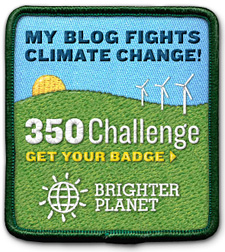When we think of the causes of disease, we tend to think of viruses and bacteria. These are certainly responsible for many types of illness, but not all. Toxins in the environment – particularly substances that are released into the environment by human activity – can also cause illnesses ranging from mild irritation of the eyes, nose, and throat to
symptoms of mesothelioma, an incurable cancer. The following substances are all naturally occurring, but our use of them has turned them into pollutants.
This thread-like mineral is extremely heat-resistant, a property which once made asbestos popular as an insulator and additive to materials that needed to be fireproof. It was particularly prevalent in factories and in the shipbuilding and construction industries, but before the 1980s, it was used to manufacture everything from roofing shingles to decorative plaster household appliances like popcorn poppers and hair dryers. Nowadays, it is well known that if asbestos fibers get into the air, they can lodge in the lungs and other body tissues, causing lung scarring, asbestosis, or mesothelioma.
Mesothelioma symptoms can take between 20 and 50 years to surface after exposure, so the number of cases will likely continue to rise for years to come.
A soft, non-corrosive metal,
lead has historically been used in applications varying from make-up to plumbing to paint to construction projects. For much of the twentieth century, it was also added to gasoline to prevent engine knocking, though this use was phased out beginning in the 1970s. When cars burned this gasoline, it would release tiny particles of lead into the surrounding air. Lead is also dangerous when ingested, and can damage nearly every organ system in the human body, particularly the nervous system. Lead poisoning is most serious in infants and children, whose nervous systems are still developing.
Like lead, benzene was once used as an additive in gasoline to increase the octane rating. Its use in fuel is now limited, but it can still be found in many industrial solvents and as an ingredient in the manufacture of plastics, rubber, and certain dyes.
Benzene is a known carcinogen, and has been strongly linked to the development of certain types of leukemia. As a pollutant, it is most commonly breathed in. If found in high concentrations, it can cause death in the short term. In lower concentrations, chronic exposure can result in damage to the bone marrow causing anemia, as well as excessive bleeding and a suppressed immune system.
It’s important to remember that “being green” is not just about environmental health; it’s about human health as well. Remaining aware of our use of natural resources – which are helpful, which are harmful – can benefit both people and the earth.
The above article is a guest post written by Krista Peterson.





